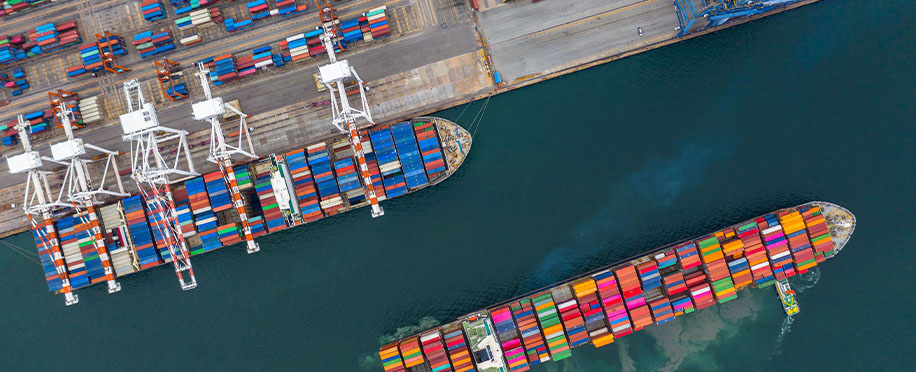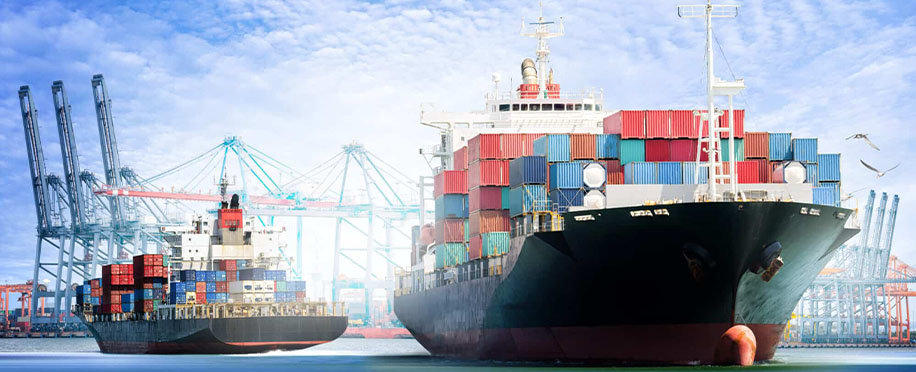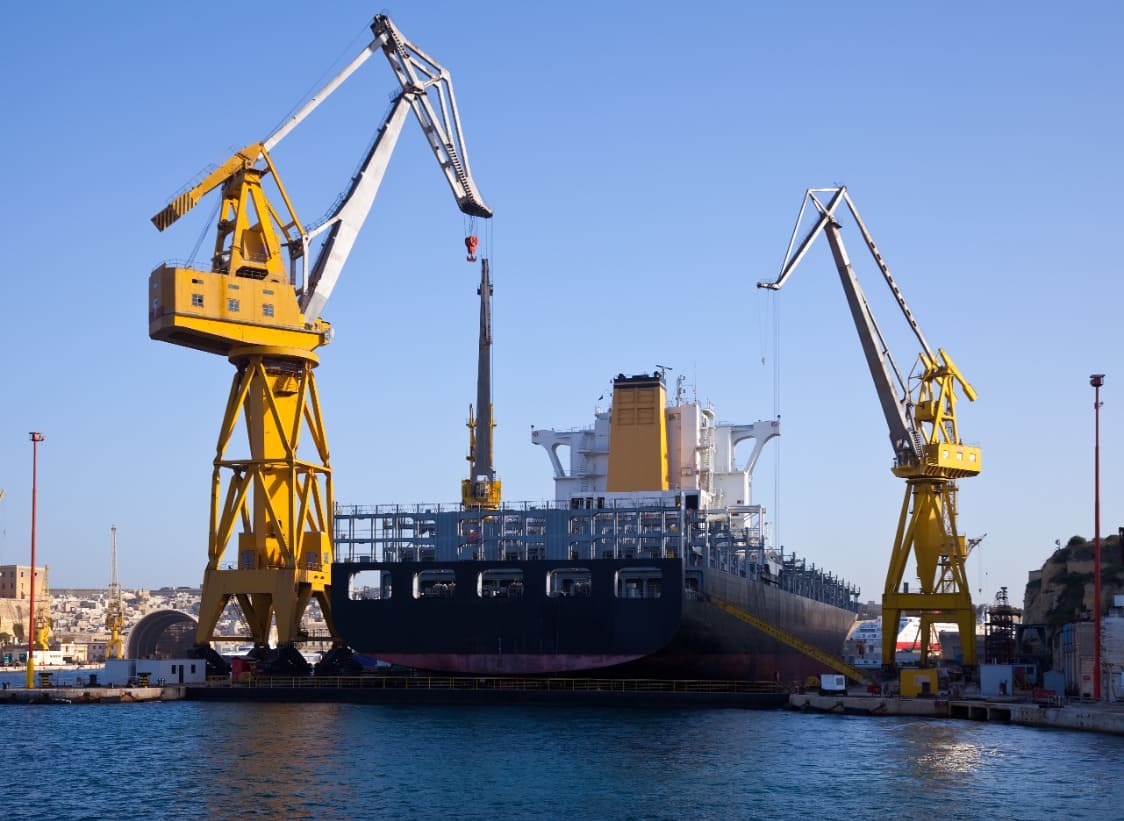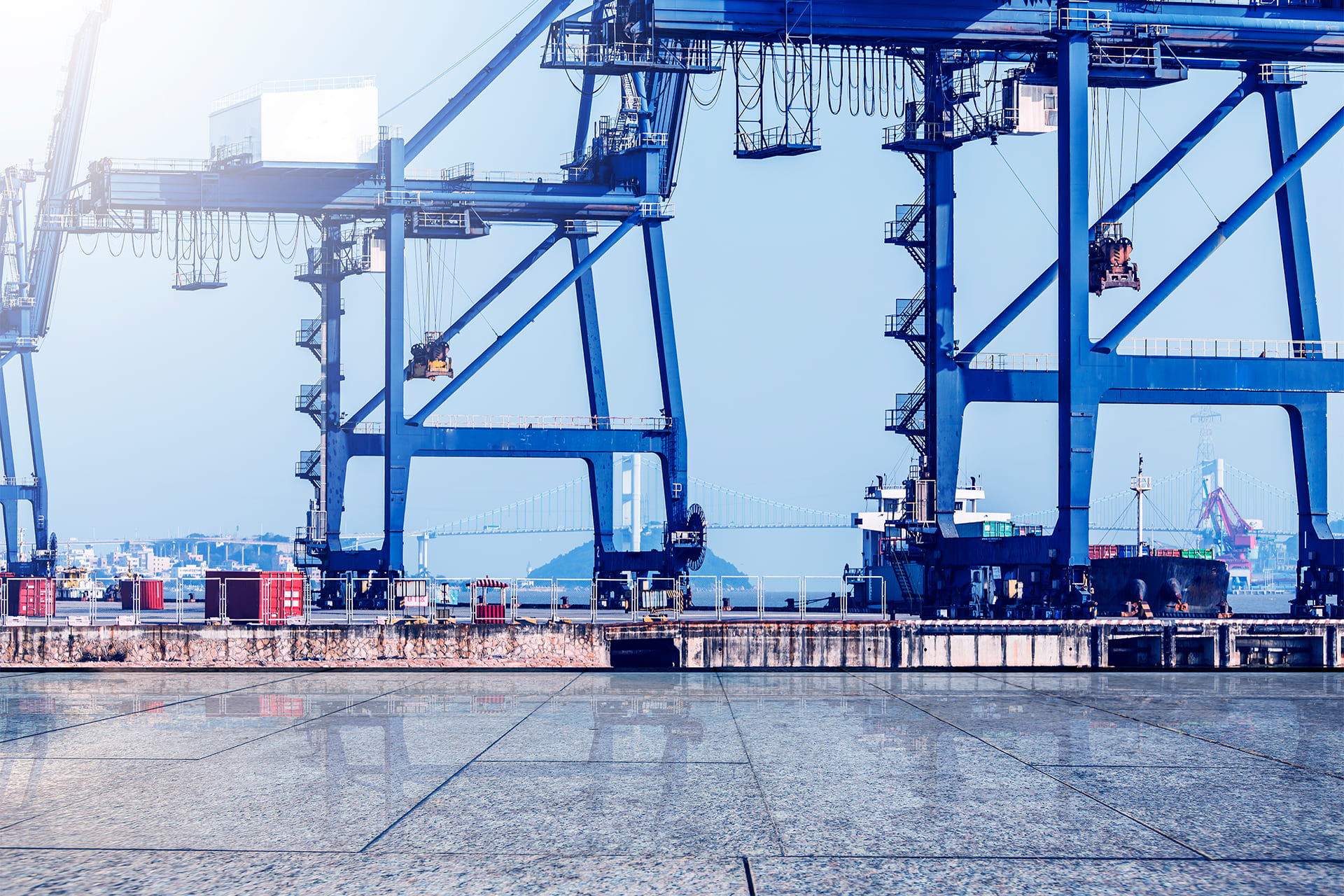Driving Economic Growth: The Socioeconomic Impact of Ports and Terminals

Posted on Jun 26, 2023 at 11:06 PM
When talking about the marine industry and its impact on the global economy, then we must talk about ports and terminals' impact on the complete marine services, and by default socioeconomic impact.
Terminals, ports and marine are more than basic requirements in driving developed economic growth for all countries that use marine transportation in their cargo shipping industry.
That is why, in this article, we are going to share unique information about ports and terminals, what are the differences between them, and cover with you how ports and terminals impact the global and local economy effectively.
What is the Difference Between Ports and Terminals:
Before talking about ports and terminals’ impacts on socioeconomic, let us talk about the public difference between ports and terminals.
As a port is a whole station that contains the main logistics, facilities, equipment, container yard, management building, and marine terminals.
Meanwhile, a terminal is a port's security checkpoint used to inspect any incoming vessel, and the onboard cargo before entering a port to enhance maritime safety.
Going through a terminal is a basic stage to access a port whether we are talking about small ships or larger bulk vessels.
Thus, we can say that a single port could contain many terminals depending on the size of operators, operating developments, and shipment traffic.
Direct Impacts of Ports and Terminals:
Ports and terminals management courses guide managers to implement effective management plans and constantly gain these specific positive impacts for their companies and countries:

-
Connect the World:
We can say that marine transportation controls the largest transportation services in the world and that is why ports and terminals play the largest role in facilitating international cargo trade, as all the major transportation services are going through ports and terminals.
-
Provide Job Opportunities:
All the located services, operations, and facilities within ports and terminals require workers to move cargo around, ship containers, and handle commercial and logistic operations, which means that any port or terminal provides hundreds or even thousands of job opportunities based on its dock size.
Moreover, these job opportunities will play a big role in reducing the unemployment rate and increasing the economy's annual income.
-
Boost Industrial Development:
When ports and terminals grow their throughput, then they will not grow alone. As a harbour and terminal will grow with all other facilities that support the port and terminal to do its total operations.
Thus, investing in marine terminals and ports means investing in the development of the country's economy and growth, which by default offers a better life quality.
-
Balance Trade and Exchange:
As we all know all trade in ocean and marine imports and export operations go through ports and terminals and their basic facilities.
Which contribute directly to the national economy. Moreover, all the products and goods entry will lead to efficient industrial and technological advancement.
-
Develop infrastructure:
The ports and terminals do not only work on the ground level, as they need complex infrastructure and well-established ones to work effectively.
Furthermore, this port and terminal infrastructure development is necessary to meet global authorities' regulations, and provide a ground floor for job opportunities, moreover, lead to improving the general infrastructure construction of the country.
-
Attract Tourism:
Ports and terminals work as global focal points for the country. As operators will at least visit the city's markets once while handling cargo from the container at the duck's port.
Moreover, marine cruises would also land in a port and terminal for heavy check-ups, goods providing, and maintenance solutions.
Examples of Ports' and Terminals' Socioeconomic Impacts:
Now we are going to share with you the 4 most important ports and terminals all over the world. However, keep in your mind that these are the most important port in each country:
-
Port of Shanghai, China:
This port played a big role in China's economic cargo and container transformation business with all the foreign investments and opportunities. As experts consider it the largest and most effective mooring port and terminal in the world.
-
Port of Rotterdam, Netherlands:
The largest port and terminal in Europe, and the world's largest port outside of East Asia, as it plays a big role in connecting the Europe market to the world. Moreover, its strategic location and advanced infrastructure played a role in attracting even more investments and cargo trade to it.
-
Port of Singapore, Singapore:
The world's busiest and most effective berth port and terminal as a key maritime and logistic hub. All its efficiency works to supply Singapore's economy with investments, international cargo trade, and employment opportunities.
-
Port of Los Angeles, United States:
The largest container seaport and terminal among the ports and terminals in America, moreover, all cargo and container trade with Asia and beyond operate through this regional container port.
Thus, this port covers a wide range of industries including manufacturing, retail and transportation activities.
Moreover, this waterway is famous as a reference for environmental planning, and social responsibility
Finally,
Ports and terminals are considered the country gateways to connect with the world, thus, effective management of them leads to better trade and operations chains, leading to a better economy and wealth.



